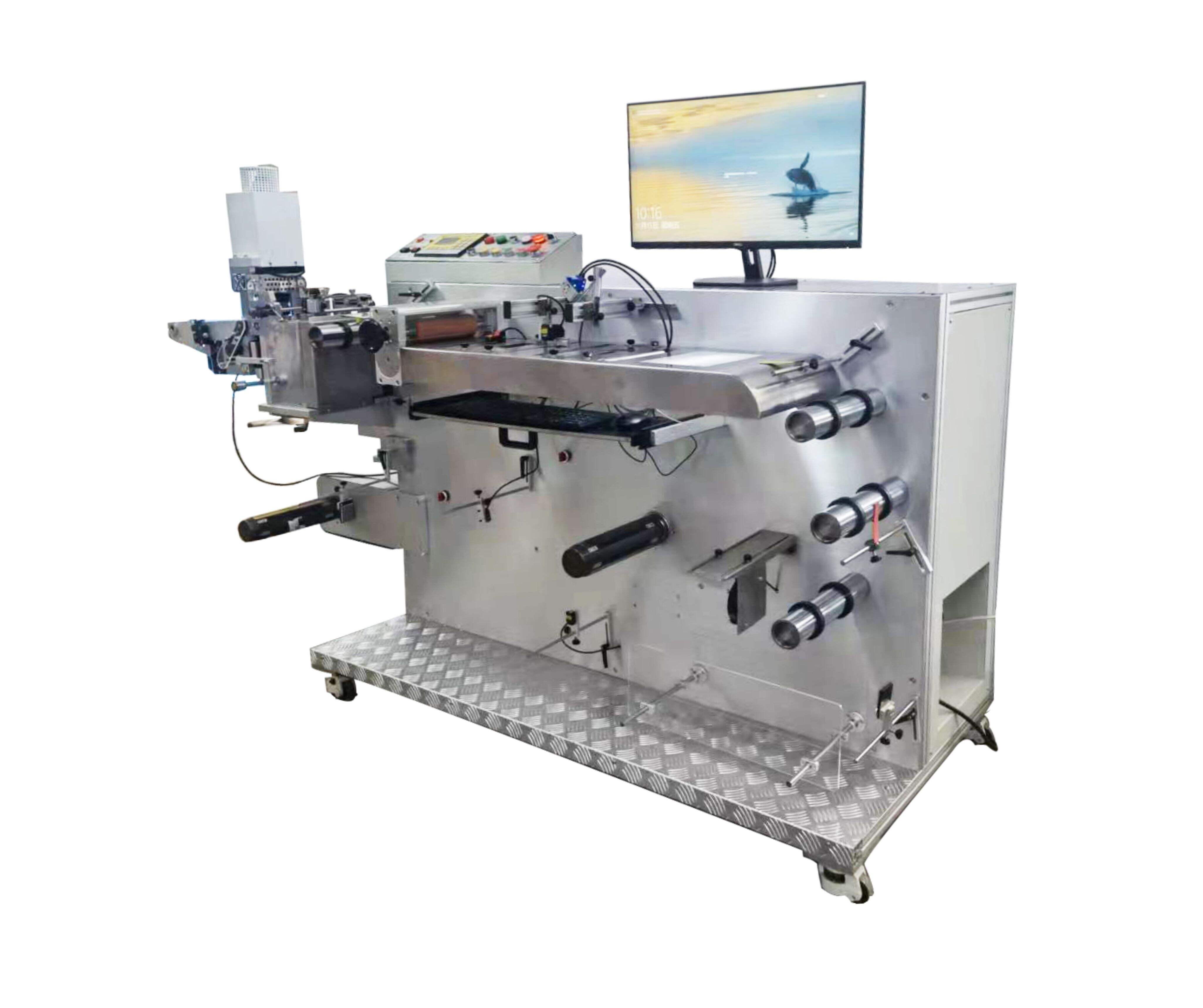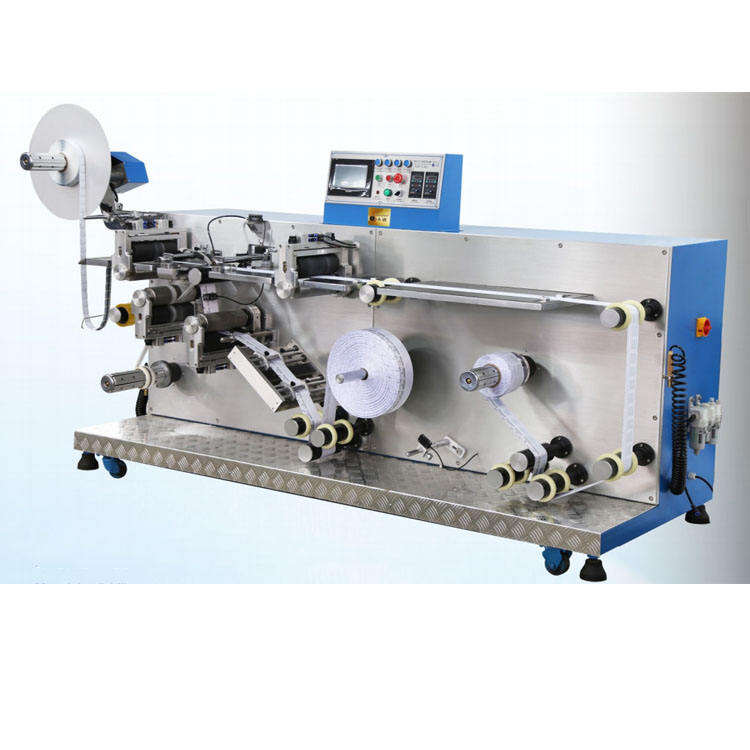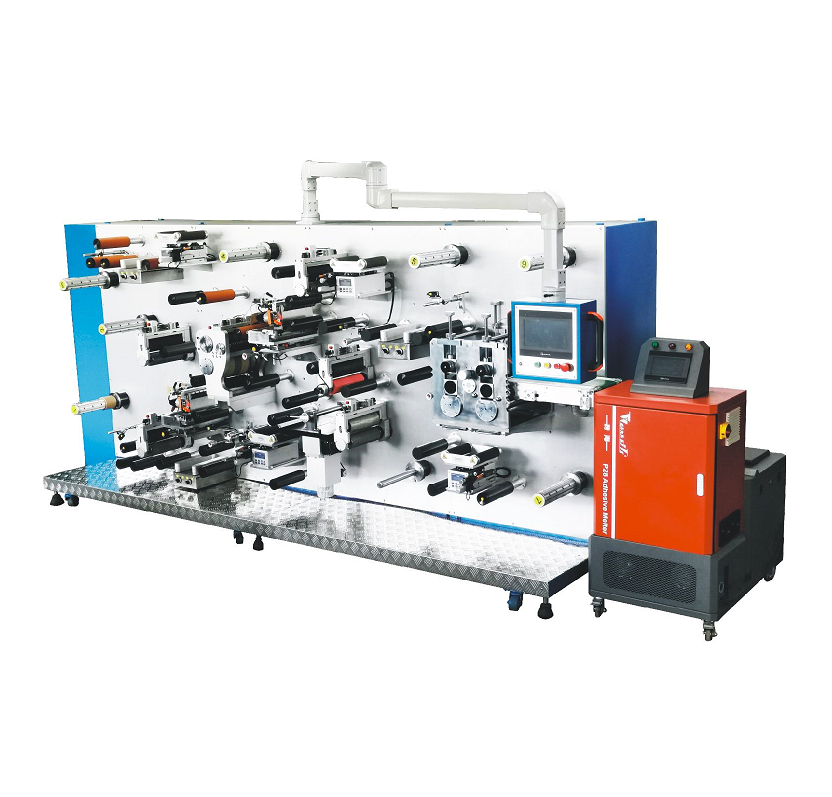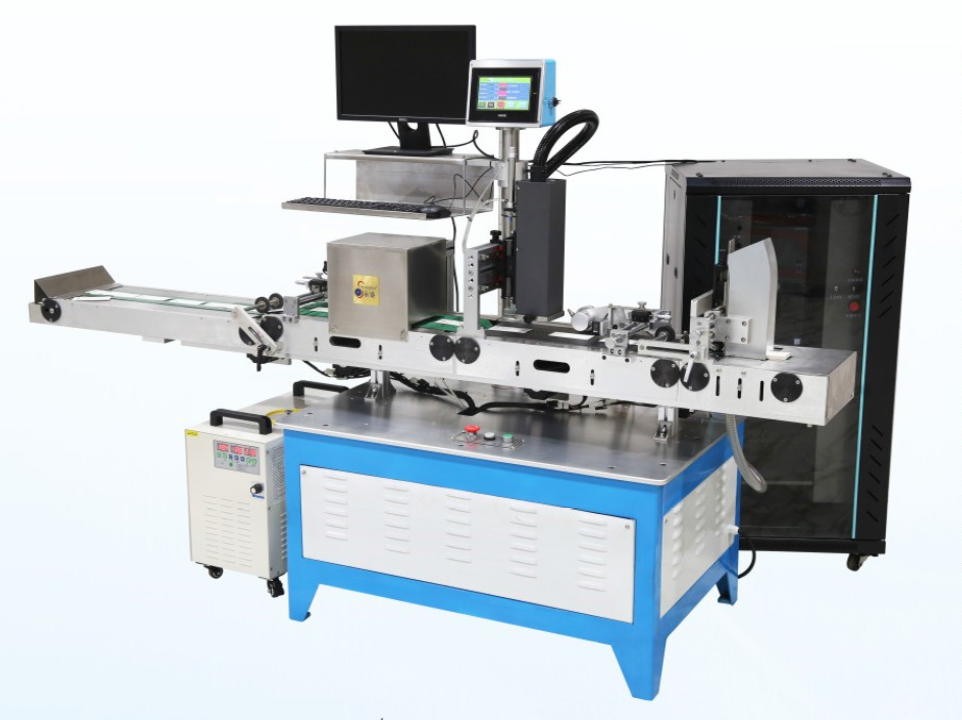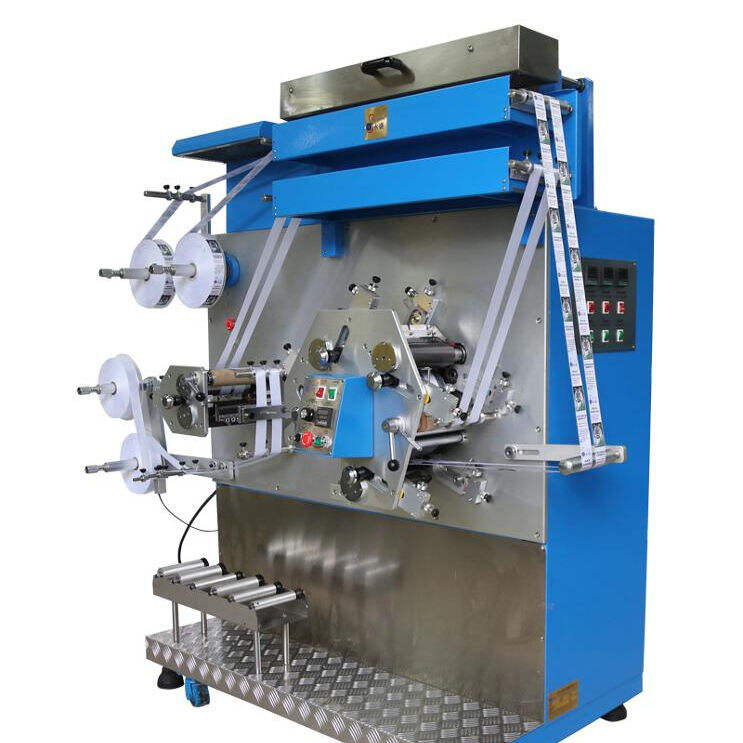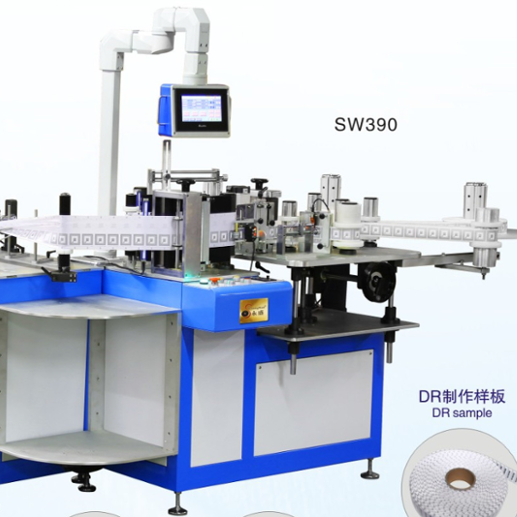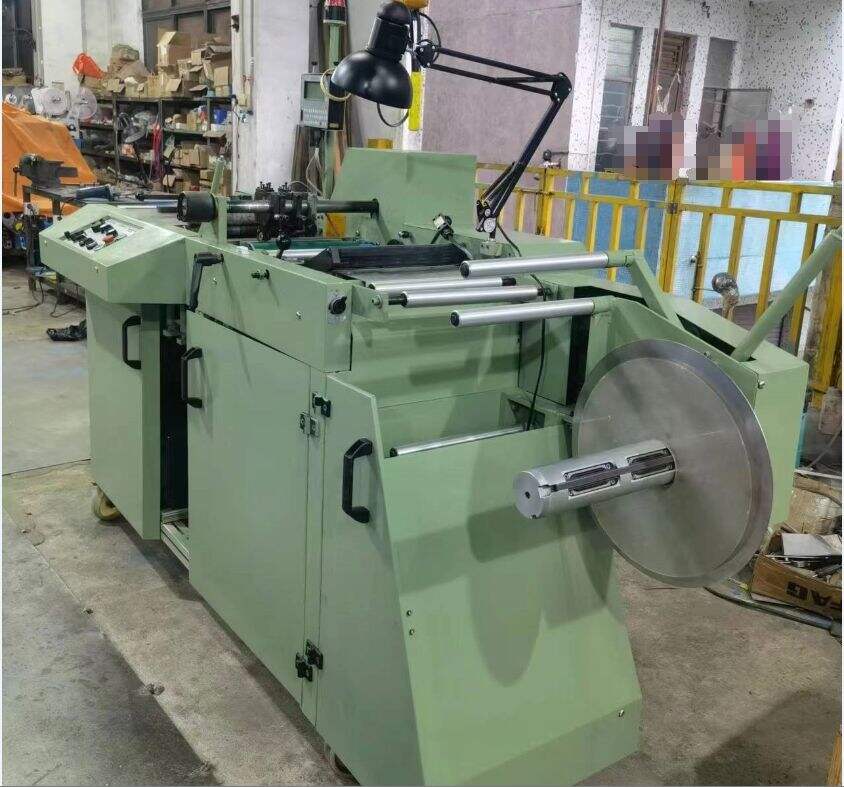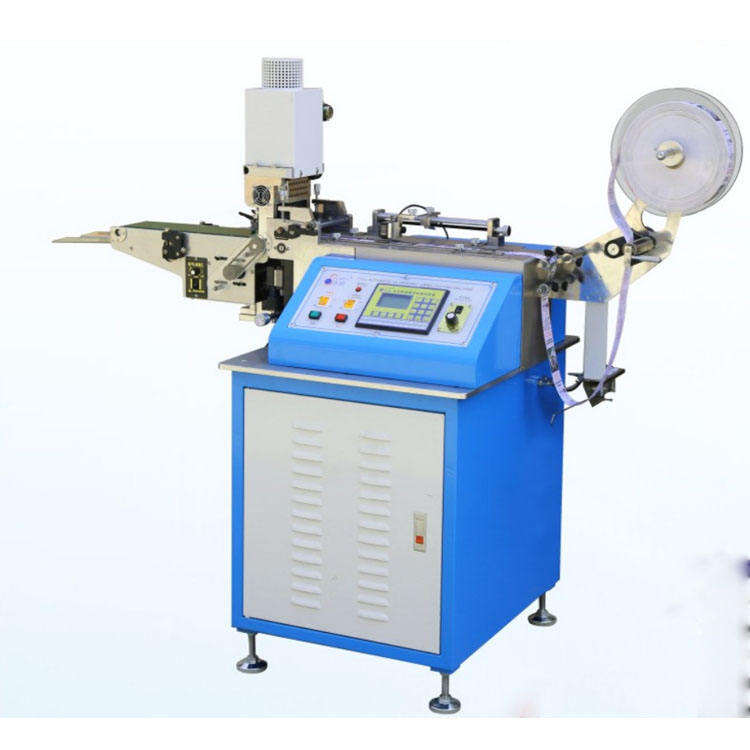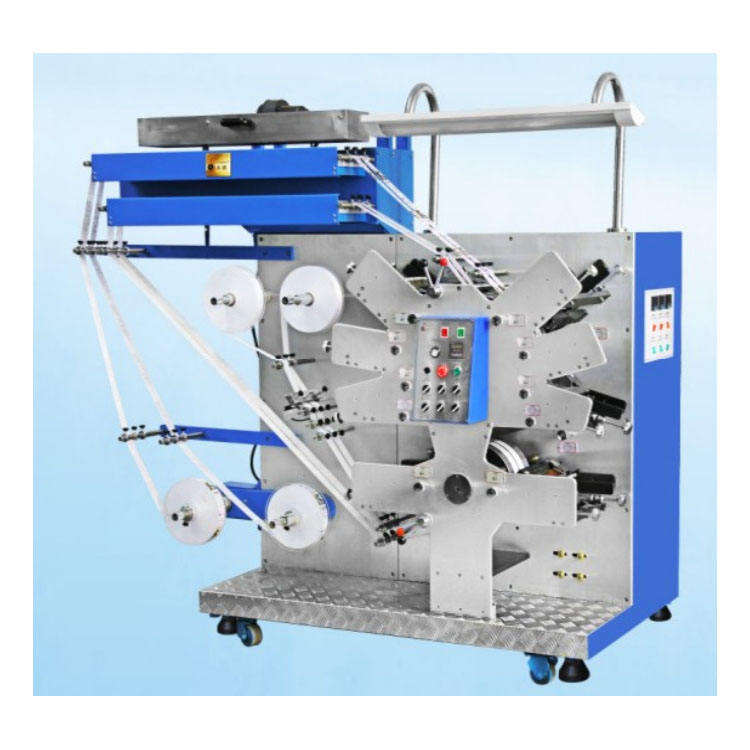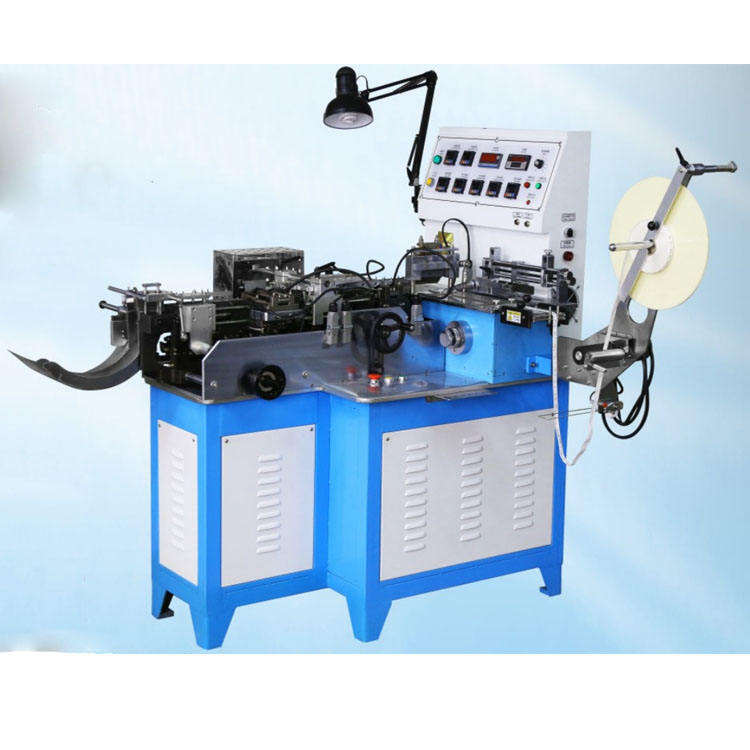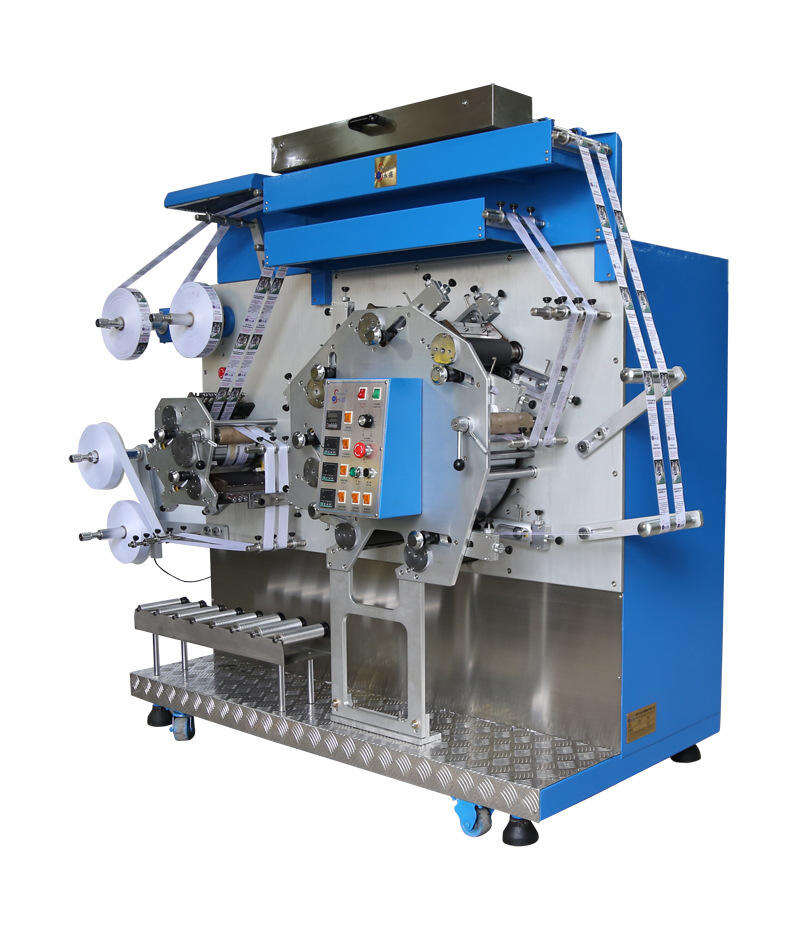RFID Cut Seal Machine: Enhancing Packaging Efficiency and Security
Understanding RFID Cut Seal Machine Technology
Core Components and Functionality
RFID technology has revolutionized the way we approach logistical and inventory solutions, and at the heart of this innovation lies the RFID Cut Seal Machine. These machines integrate crucial components, including the RFID reader, encoder, and a sophisticated cut seal mechanism. The RFID reader serves as the device's brain, identifying and communicating data with RFID tags embedded in the products. The encoder then processes this data into a readable format, while the cut seal mechanism ensures that each tag is efficiently cut and sealed onto the product packaging. Together, these components work in harmony to enhance tracking and security in supply chains, ensuring a smooth and efficient sealing process with minimal human intervention. This intricate collaboration results in fewer errors and elevates the RFID cut seal machine's role beyond traditional capabilities.
Precision Cutting vs Traditional Methods
When comparing the precision of RFID machines to traditional sealing methods, the difference is significant. RFID machines offer unparalleled accuracy in cutting, reducing error rates in product handling. This precision is particularly valuable in industries where meticulous tracking and sealing of products are crucial, such as pharmaceuticals and retail. Moreover, the efficiency gains in production times are substantial with RFID technology. By integrating automated processes, RFID machines streamline the sealing process, significantly reducing the time and labor traditionally required. Studies have shown that incorporating RFID technology in packaging not only enhances quality assurance but also boosts overall operational efficiency. The evidence demonstrates the value RFID brings to the industry: higher precision, reduced errors, and improved quality, making it a smart choice for modern manufacturing facilities.
Key Advantages for Packaging Operations
Enhanced Production Speed (15,000+ Units/Hr)
One of the striking benefits of RFID technology in packaging operations is its remarkable production speed, boasting capabilities exceeding 15,000 units per hour. This highlights the efficiency gap when compared to traditional methods, which often struggle to match such volumes. The swift processing not only accelerates time-to-market but also significantly enhances the return on investment (ROI) for businesses integrating RFID systems into their operations. For instance, several companies in the logistics sector have reported substantial time-saving and operational efficiencies by adopting RFID solutions. Such advancements underscore the transformative impact of RFID on modern manufacturing and production environments.
Tamper-Evident Sealing Capabilities
Tamper-evident sealing is a critical feature in industries like pharmaceuticals, where product integrity is paramount. RFID technology revolutionizes this aspect by offering advanced tamper detection capabilities that enhance security and ensure compliance with industry standards. Enhanced sealing further aids in safeguarding against unauthorized access and contamination, a key requirement in today's safety-conscious market. Regulatory frameworks like the Drug Supply Chain Security Act in the US exemplify the stringent requirements mandating such secure packaging solutions. By leveraging RFID's capabilities, businesses can meet these regulatory demands efficiently while maintaining robust security across their operations.
Applications Across Industries
Pharmaceutical Anti-Counterfeiting
The growing issue of counterfeit pharmaceuticals poses a significant threat to public health, and this is where RFID Cut Seal Machines offer a solution. By providing unique identification and tracking capabilities, these machines help pharmaceutical companies ensure the authenticity of their products. According to the World Health Organization, counterfeit medicines account for approximately 10% of the global pharmaceutical market, resulting in substantial financial losses and compromised patient safety. Several pharmaceutical companies have successfully leveraged RFID technology to combat this menace. For example, Pfizer has implemented RFID labeling to authenticate its products, ensuring safer distribution channels and effectively reducing counterfeit risks.
Luxury Retail Security Tagging
In the luxury retail sector, enhanced security tagging is critical to protect high-value goods from theft. RFID solutions offer a robust way to manage inventory and reduce theft effectively. Unlike traditional barcodes, RFID tags allow retailers to track items with precision, facilitating real-time inventory management and reducing shrinkage rates. High-end retail brands, such as Prada and Gucci, have successfully deployed RFID technology to secure their products. By integrating RFID tagging machines into their processes, these luxury brands achieve an enhanced level of protection and efficiency that boosts overall operational effectiveness.
Automotive Parts Traceability
RFID technology significantly improves the traceability of automotive parts, ensuring seamless tracking from manufacturing to delivery. By integrating RFID tags, companies reduce errors and improve inventory management across the supply chain. For instance, BMW utilizes RFID systems to enhance its parts management process, resulting in better supply chain visibility and increased efficiency. Implementing such technologies in automotive operations ensures accurate data collection and real-time updates, which ultimately minimize delays and improve the overall quality of logistics within the sector.
Top RFID Machines for Modern Packaging Lines
RFID Coding Machine - Multi-Frequency Encoding
The RFID Coding Machine stands out for its remarkable ability to encode RFID tags across a variety of frequencies. This capability allows it to seamlessly integrate into diverse RFID applications and adhere to multiple industry standards. By supporting different frequencies and protocols, it ensures compatibility with a wide range of RFID systems and applications, making it valuable in logistics, supply chain management, and inventory control.
Market trends indicate a growing use of multi-frequency RFID technology due to its versatility and the need for universal compatibility in global operations. As more industries adopt RFID systems for enhanced tracking and data management, the demand for machines like this one continues to rise. For more detailed specifications, you can view our
Automatic RFID Printing Label Machine - Dual-Side Printing
Dual-side printing is a game-changer for the Automatic RFID Printing Label Machine, offering enhanced efficiency and productivity in labeling processes. This machine excels in printing labels on both sides rapidly, which not only speeds up operations but also ensures comprehensive information encoding on RFID labels. Its ability to produce up to 15,000 labels per hour is a testament to its high-speed efficiency and advanced printing technology.
Operators find this machine incredibly user-friendly, equipped with an intuitive interface and automatic cleaning systems that simplify setup and operation. User testimonials frequently highlight improvements in labeling processes, praising its fast and accurate performance. You can check the product details for further information on the
RFID Labeling Machine - High-Speed Application (500+ Pcs/Min)
For businesses looking to reduce packaging bottlenecks, the RFID Labeling Machine offers high-speed application capabilities, processing over 500 pieces per minute. This remarkable speed ensures swift and accurate RFID tag application, minimizing errors and enhancing overall productivity. The machine’s advanced automatic feeding system ensures consistent material flow and precise tag placement, crucial for maintaining efficient packaging lines.
The importance of high-speed application can’t be overstated, as it significantly cuts down on operation time and streamlines packaging workflows. Industry comparisons demonstrate tangible efficiency improvements, making this machinery an invaluable tool for modern packaging lines. Further details can be found on the
Integration Strategies for Existing Systems
API Connectivity With ERP Platforms
API connectivity plays a crucial role in integrating RFID machines with existing ERP systems, facilitating a seamless flow of data across operations. By establishing robust API connections, businesses can ensure real-time data synchronization, which is vital for effective inventory management and decision-making. For example, successful API integrations allow inventory levels to be automatically updated as items are tracked via RFID, effectively reducing human errors. Best practices for implementation include ensuring compatibility between systems, testing API endpoints thoroughly before deployment, and maintaining regular updates to secure data integrity. Optimizing these practices can lead to significant gains in operational efficiency.
Retrofitting Legacy Packaging Equipment
When it comes to retrofitting older packaging machinery to include RFID technology, specific strategies need to be in place to overcome inherent challenges. The primary challenge lies in ensuring compatibility between legacy systems and new RFID capabilities, such as RFID tagging and data collection. Solutions often involve using adapters or custom interfaces to enable smoother communication between the existing equipment and the RFID systems. Looking at evidence from various case studies, many businesses have successfully retrofitted their legacy machines, significantly enhancing tracking capabilities and operational output. These examples illustrate that with well-planned retrofit strategies, even older systems can be transformed to harness the benefits of modern RFID technology.
Recommended Products
Hot News
-
Reflect On The Cultural Significance Of The Printing Press In Preserving And Disseminating Knowledge
2023-12-08
-
The Role Of The Printing Press In The Global Economy
2023-12-08
-
Environmental Impact: Analyzing The Environmental Footprint Of The Printing Industry
2023-12-08
-
The Frontier Of Printing: 3d Printing And Its Industrial Renaissance
2023-12-08
-
The Evolution And Impact Of The Printing Press
2023-12-08
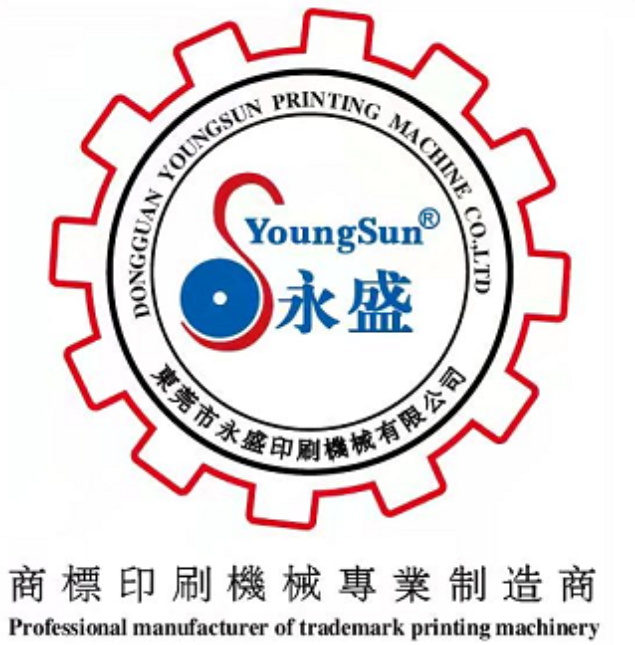
 EN
EN
 AR
AR
 CS
CS
 DA
DA
 NL
NL
 FI
FI
 FR
FR
 DE
DE
 EL
EL
 HI
HI
 IT
IT
 JA
JA
 KO
KO
 PL
PL
 PT
PT
 RO
RO
 RU
RU
 ES
ES
 SV
SV
 IW
IW
 ID
ID
 VI
VI
 SQ
SQ
 HU
HU
 MT
MT
 TH
TH
 TR
TR
 AF
AF
 GA
GA
 BN
BN
 BS
BS
 LO
LO
 LA
LA
 MI
MI
 MN
MN
 NE
NE
 MY
MY
 KK
KK
 UZ
UZ
 KY
KY
